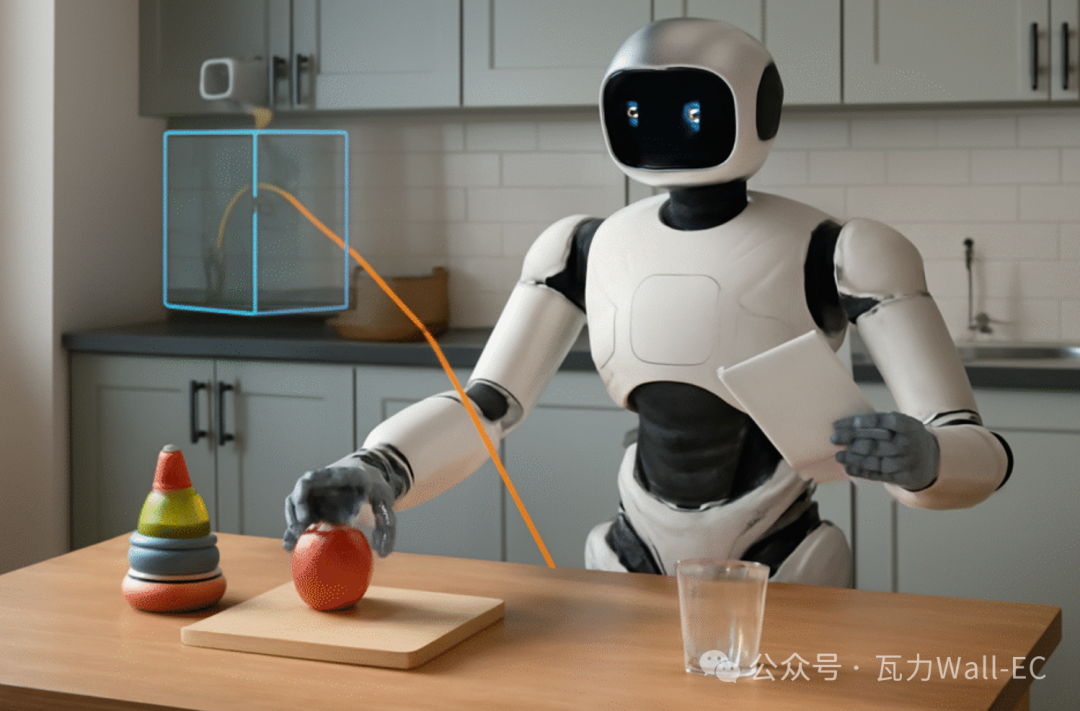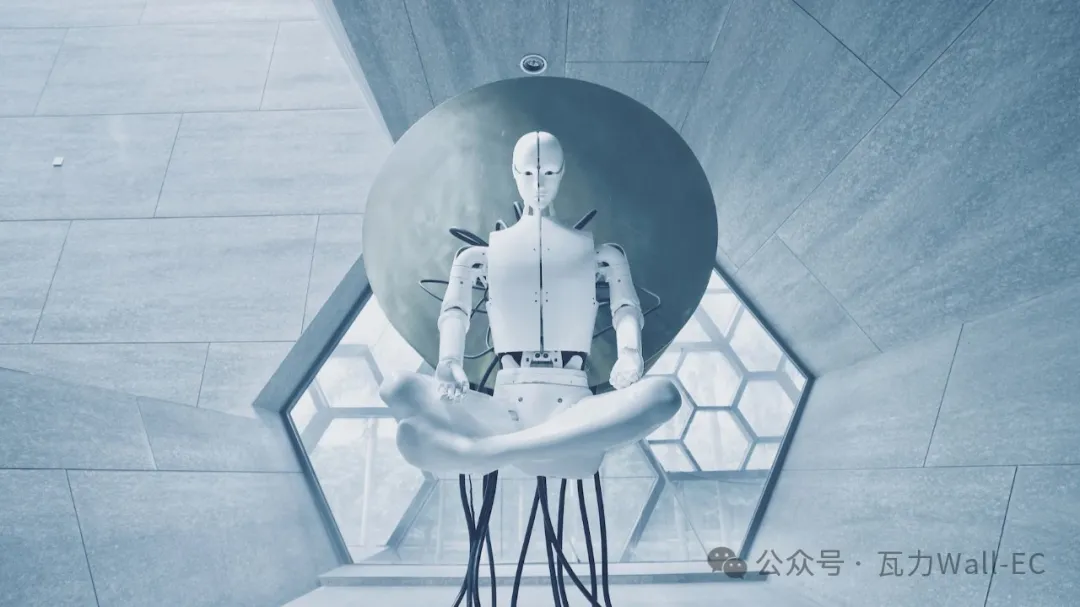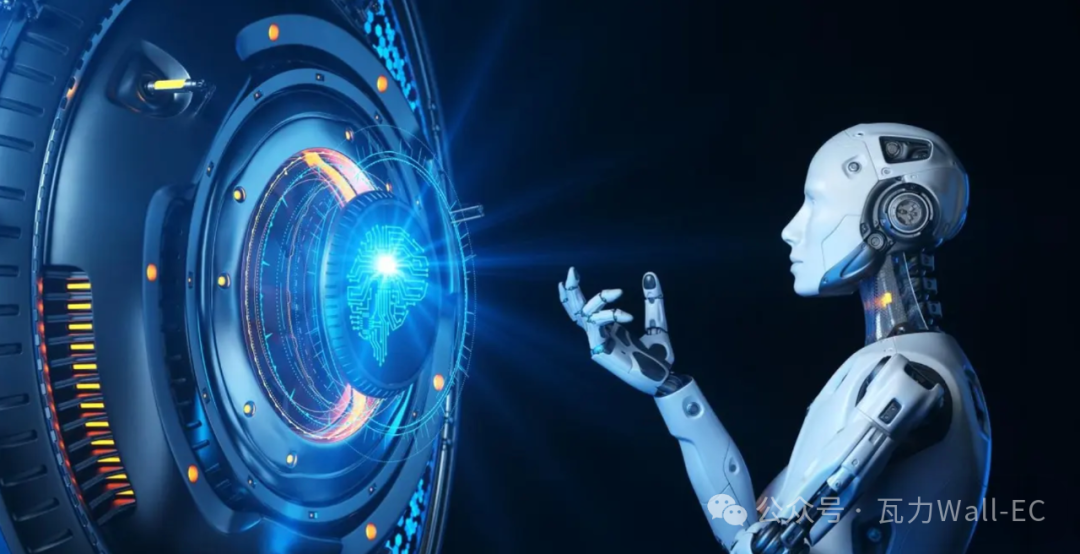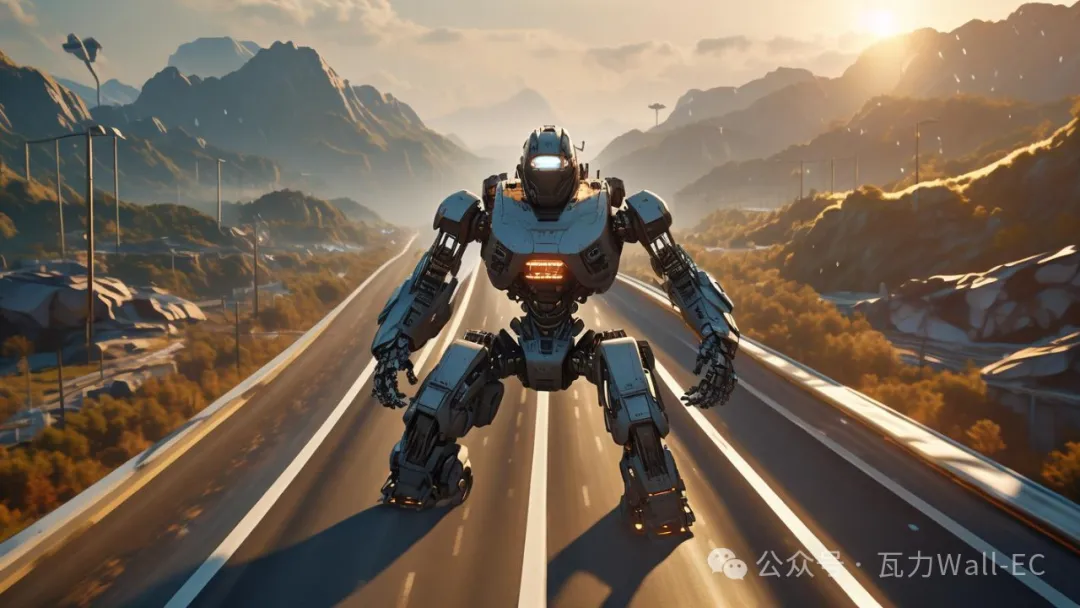In recent years, artificial intelligence has made significant progress in various fields such as natural language processing(NLP) and computer vision.
However, a major challenge faced by artificial intelligence is its integration with the physical world.

While artificial intelligence excels at reasoning and solving complex problems, these achievements are largely confined to digital environments.
To enable artificial intelligence to perform physical tasks through robotics, it must have a deep understanding of spatial reasoning, object manipulation, and decision-making.
To address this challenge, Google has launchedGemini Robotics, a set of models specifically developed for robotics and embodied artificial intelligence.
This set of artificial intelligence models is built onGemini 2.0, combining advanced AI reasoning with the physical world, allowing robots to perform a variety of complex tasks.
Gemini Robotics is a pair of artificial intelligence models based onGemini 2.0 which is an advanced visual–language model(VLM) capable of processing text, images, audio, and video.

Gemini Robotics is essentially an extension of the VLM to a visual–language–action(VLA) model, enabling theGemini model to not only understand and interpret visual inputs and process natural language commands but also to execute physical actions in the real world.
This combination is crucial for robotics, allowing machines to not only“see” their surroundings but also to understand the environment in the context of human language and perform complex tasks in the real world, from simple object manipulation to more intricate dexterous actions.
A key advantage of Gemini Robotics is its ability to generalize to various tasks without requiring extensive retraining. The model can follow open vocabulary instructions, adapt to environmental changes, and even handle unexpected tasks not included in the initial training data.
This is particularly important for creating robots that can operate in dynamic, unpredictable environments, such as homes or industrial settings.
 A significant challenge in robotics has always been the gap between digital reasoning and physical interaction. Humans can easily understand complex spatial relationships and interact seamlessly with their environment, while robots struggle to replicate these abilities.
A significant challenge in robotics has always been the gap between digital reasoning and physical interaction. Humans can easily understand complex spatial relationships and interact seamlessly with their environment, while robots struggle to replicate these abilities.
For example, robots have limitations in understanding spatial dynamics, adapting to new situations, and handling unpredictable real-world interactions.
To tackle these challenges,Gemini Robotics introduces“embodied reasoning” technology, enabling systems to understand and interact with the physical world in a human-like manner.
In contrast to AI reasoning in digital environments, embodied reasoning involves several key components,

For example:
- Object detection and manipulation: Embodied reasoning enablesGemini Robotics to detect and recognize objects in its environment, even if those objects have never been seen before. It can predict the location of grasping objects, determine the state of objects, and perform actions such as opening drawers, pouring liquids, or folding paper.
- Trajectory and grasp prediction: Embodied reasoning allowsGemini Robotics to predict the most efficient motion paths and determine the best grasping positions. This capability is crucial for tasks that require precision.
- 3D understanding: Embodied reasoning enables robots to perceive and understand three-dimensional space. This ability is particularly important for tasks that require complex spatial manipulation, such as folding clothes or assembling objects. 3D understanding also allows robots to excel in tasks involving multi-view 3D correspondence and 3D bounding box prediction. These capabilities are essential for robots to accurately handle objects.
While object detection and understanding are crucial, the real challenge in robotics lies in executing dexterous tasks that require fine motor skills. Dexterity and adaptability are key to completing real-world tasks.
Whether it’s folding origami foxes or playing card games, these tasks that require high precision and coordination often exceed the capabilities of most AI systems.
However,Gemini Robotics is designed specifically for such tasks.
- Fine motor skills: The model can handle complex tasks such as folding clothes, stacking items, or playing games, demonstrating its exceptional flexibility. With further fine-tuning,Gemini Robotics can manage tasks that require coordination across multiple degrees of freedom, such as performing complex operations with two arms.
- Few-shot learning:Gemini Robotics also introduces the concept of few-shot learning, enabling it to learn new tasks with very few demonstrations. For example, with just100 demonstrations,Gemini Robotics can learn to perform tasks that would typically require a large amount of training data.
- Adaptation to new robotic forms: Another key feature ofGemini Robotics is its ability to adapt to new robotic forms. Whether it’s a dual-arm robot or a humanoid robot with more joints, the model can seamlessly control various types of robotic bodies, making it versatile and adaptable to different hardware configurations.
Zero-shot control and rapid adaptation, a highlight of Gemini Robotics, is its ability to control robots in a zero-shot or few-shot learning manner.

Zero-shot control refers to the ability to perform tasks without specialized training for each task, while few-shot learning refers to learning from a small number of samples.
- Zero-shot control through code generation: Even if the specific operation required has never been seen,Gemini Robotics can generate code to control the robot. For example, when given a high-level task description,Gemini can leverage its reasoning capabilities to understand physical dynamics and the environment, thereby creating the code needed to execute the task.
- Few-shot learning: When tasks require more complex flexibility, the model can also learn from demonstrations and immediately apply that knowledge to effectively perform tasks. This ability to rapidly adapt to new situations is a significant advancement in the field of robot control, especially in environments that require continuous change or unpredictability.
By combining the reasoning capabilities of artificial intelligence with the flexibility and adaptability of robotics, it brings us closer to the goal of creating robots that can seamlessly integrate into daily life and perform a variety of tasks requiring human-like interaction.

The potential applications of these models are vast. In industrial settings,Gemini Robotics can be used for complex assembly, inspection, and maintenance tasks.
In homes, it can assist with chores, caregiving, and personal entertainment. As these models continue to evolve, robots are likely to become a widely adopted technology, opening up new possibilities across multiple industries.
Gemini Robotics is a set of models built onGemini 2.0 designed to enable robots to perform embodied reasoning.
These models can help engineers and developers create AI robots that understand and interact with the physical world like humans.
Gemini Robotics can execute complex tasks with high precision and flexibility, integrating features such as embodied reasoning, zero-shot control, and few-shot learning.
These capabilities allow robots to adapt to their environments without extensive retraining.
Gemini Robotics is expected to transform various industries, from manufacturing to home assistance, making robots more powerful and safer in practical applications.
As these models continue to develop, they have the potential to redefine the future of robotics technology.